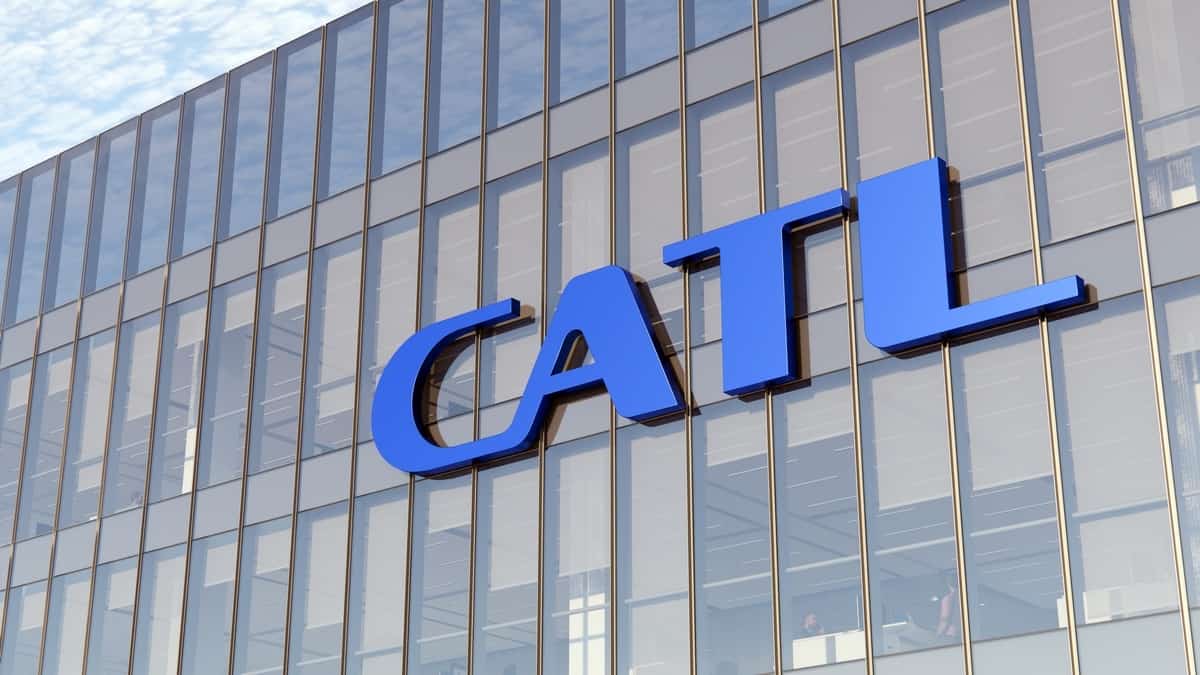Chinese battery giant CATL is reportedly developing a new lithium iron phosphate (LFP) cell to improve its technology and lower costs for China-made electric vehicles.
What’s currently known about CATL’s new LFP cells?
CATL reportedly markets the 173-Ah VDA-spec LFP cells with a standard 2.2C fast charging, offering improved performance without a price increase.
According to the Chinese publication CnEVPost, CATL’s new LFP battery will be square cells that can support fast charging in just 30 minutes for a 100% SoC.
VDA is a size specification for square cells with dimensions of 148 mm in length, 26.5 mm in width, and 91 mm in height. The letter “C” refers to the battery’s charging multiplier, and “2C” indicates the battery’s capability to recharge in just half an hour.
CATL plans to offer the new battery cells for lower-cost EV models with a price range of RMB 100,000 ($14,033) to RMB 200,000 ($28,067).
CATL to build a new factory in Beijing
Apart from working on new LFP cells for electric vehicle batteries, CATL also announced plans to develop a new factory in Beijing in 2024.
The new Beijing battery factory will reportedly complete the capital’s electric vehicle supply chain amid the electric vehicle production of numerous players like Li Auto and Xiaomi.
As per the report, numerous players plan to adopt CATL’s new battery cells in mid-2024 at a maximum price of RMB 0.4/Wh.
“From the upstream layout and the resource reserve of the material system, only CATL can make 2C batteries lower to a price point at the moment.”
Unnamed source
The new Beijing factory will aid CATL in meeting the surging demand for all-electric vehicles in mainland China. Notably, the country is currently the world’s biggest auto and electric vehicle market. In fact, Made-in-China cars account for approximately 60% of the global total.
In that sense, CATL also aims to take the opportunity to deliver the world’s fastest-charging battery before the end of Q1 2024. The Shenxing battery can reportedly enable a 400 km driving range in just 10 minutes of charging. It can also hit a full charge in just 15 minutes, owing to its 4C charging capabilities.
These efforts will enable CATL to solidify its dominant position in the Chinese market further, which in turn can boost Beijing’s electric vehicle goals.

